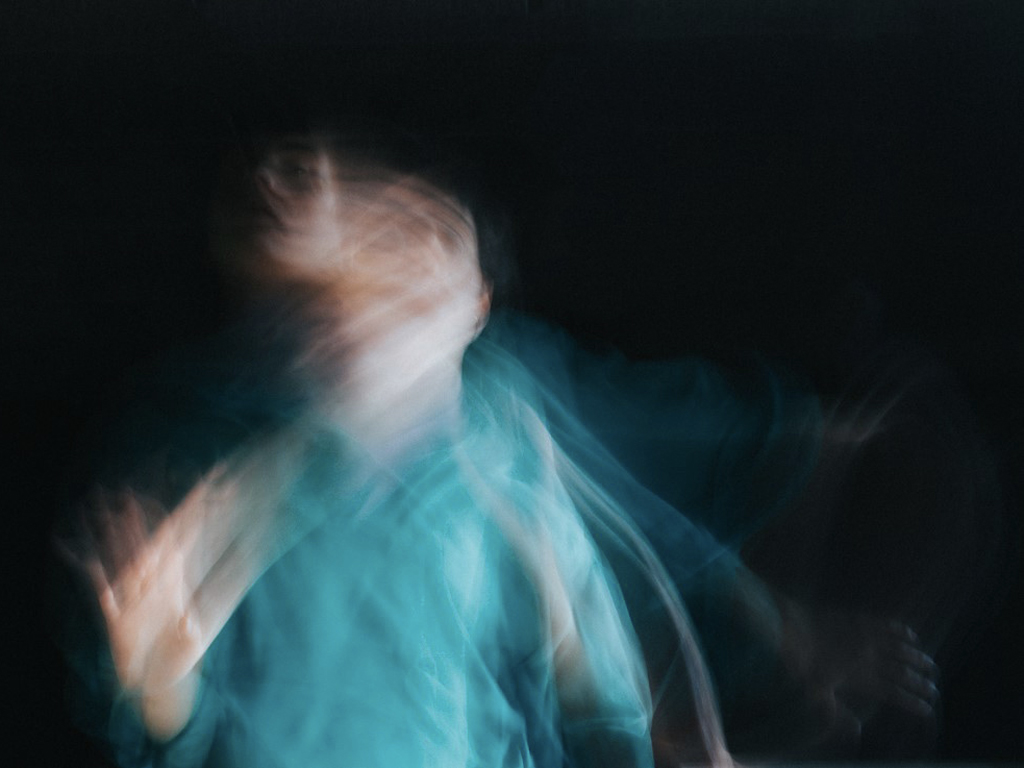Second Cast
Alexandre Goyer
Construction & révolte d'un corps de la honte

Residency
June 23 to 27, 2025
CCNR dance studio
As part of the Matières Premières
Each individual can associate a memory or personal experience with the word “shame”. But it can also be seen as something other than the individual, fleeting feeling we experience at a given moment. We could also see it as a collective and repetitive motif, underlying but ever-present, that infuses our daily lives and practices, freezing our identities and restricting our possibilities.
Intentions
Why work on shame?
In the introduction to his essay “Les sources de la honte” (The Sources of Shame), philosopher Vincent de Gaulejac expresses the questions present at the start of his research on shame: “[…] where can this interest in a feeling that we seek first and foremost to conceal come from? Why seek to reveal what hurts?“
The answer he gives a few lines later perfectly expresses the multiple interests that such research raises: “[…] the scientific interest of shedding light on a little-studied phenomenon; the therapeutic interest of helping people plagued by shame; the ideological interest of denouncing the effects of domination produced by humiliation, invalidation and exclusion; the political interest of highlighting a phenomenon often underestimated by those responsible for devising and implementing social policies; the interest of testing the clinical approach in sociology on a theme particularly appropriate to the intersection of the psychic and the social…“.
The predominant role played by the body in contemporary dance makes it a highly relevant tool for studying the different fields covered by shame. To talk about shame from the perspective of our artistic practice is to talk about the way it constructs bodies and defines life paths. It’s also an opportunity to shake up notions of “talent”, “merit” and “innate” with that of social determinism (theorized in particular by sociologist Pierre Bourdieu).
How to work with shame?
This piece is intended as an analytical and poetic exploration of the process of internalizing shame. Its deployment in the being and the imprint it leaves. The way it shapes gestures. The spaces it prevents us from occupying. The places it assigns to us and those it keeps us from considering.
Without becoming theatrical, the artistic challenge is to get the performers to experience the physical sensations associated with shame. The research will explore a rigid corporality, hyper-vigilance, the notion of the "tense body", as well as the very literal notion of withdrawal. The gaze will play a central role in the writing. The nature of the subject explored calls for the development of a veritable dramaturgy of gazes, and the rendering of their subtleties.
Silences, whether in the music or in the bodies, will also be key elements in the piece. Working with them means bringing up the notions of "taboo" and "unspeakable", crucial to grasping the power of shame on a societal scale. To break the silence is to begin to reverse the shame.
The presence of three performers on stage is justified by the desire to capture and show the collective dynamics at work in the questions raised: how can "others" cause a sense of shame to emerge and grow within us? How does shame shape our bodies, and in so doing, our relationships with the world? The trio seems to be the right tool to access the complexity of these mechanisms. This choice is a way of avoiding a binary relationship like that offered by a duo, where an executioner/victim dynamic could quickly be established.
Biography
Alexandre Goyer
After training at CRR d'Angers and Ballet Junior de Genève, Alexandre obtained his first professional contract in 2018 with the Dantzaz company in the Spanish Basque Country.
In 2019, he works with Hannah Ma, based between Luxembourg and Trier (Germany) and Sylvain Groud, at Ballet du Nord - CCN de Roubaix for the creations Adolescent (2019) and 4m2 (2020). These pieces offer him multiple opportunities to take part in educational initiatives aimed at different audiences. In July 2021, he takes part in the site-specific performances Bodies in Urban Spaces with the Austrian company Willi Dorner. In summer 2022, he takes part in the creation of the FLASH! performance at the Avignon Festival, a project directed by Yvann Alexandre and choreographed by him in collaboration with Loïc Touzé, Ambra Senatore and Sylvain Groud.
His first piece, Auditionneur.euses? by his company Second Cast (based in Lyon), saw the light of day in 2023.
For the 2022/23 season, Alexandre is an experimental artist at CN D in Lyon and a companion artist at CDCN Roubaix - le Gymnase. Since 2023, Alexandre has been a supported artist with Danse Dense. In 2023, he took part in the research conducted by Stéphane Gornikowski (Vaguement compétitifs) as part of the REACT action-research project, notably by pursuing his reflections on auditions.
Studio’s opening: Thursday, June 26, 2025 at 7:30pm
Free on reservation: adriana.falcone@ccnr.fr
→ Alexandre Goyer will lead a Sentir La Fibre workshop on Monday, June 23, 2025.
Premières: November 2025, Le Croiseur – Scène découverte in Lyon + Festival Danse Dense in Paris
Casting (in progress)
Concept & Choreography: Alexandre Goyer
Performers: Mélen Cazenave, Naomi Charlot, Pierre Chauvin-Brunet
Sound design: Pierre Chauvin-Brunet
Light design: Sandrine Sitter
Coproduction: Maison de la Danse de Lyon / Transformations program; 2angles; Centre Chorégraphique National de Rillieux-la-Pape, direction Yuval Pick / Matières Premières program; Les SUBS, Lyon (in progress)
Supports: Scène Découverte Danse de la Ville de Lyon; Laboratoire Chorégraphique de Reims; Danse Dense
Photo © Fabien Jouanne